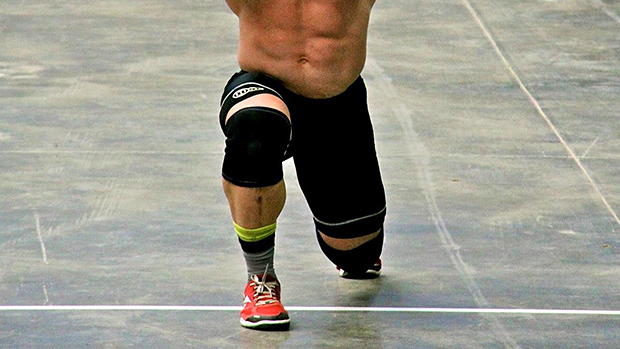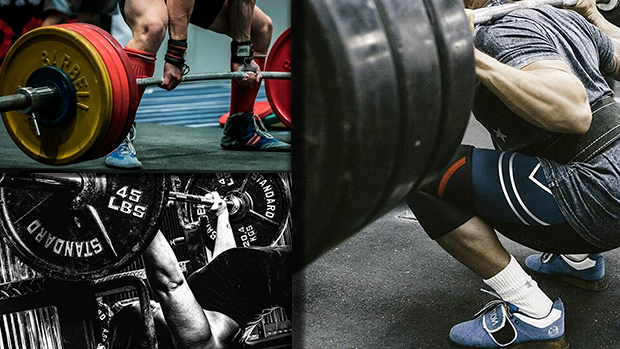The shoulder is the most complex and mobile joint in your body. It allows for an awesome range of motion which gives you the ability to accomplish feats of power, strength, and balance. The drawback? When a joint has that much range of motion, it tends to become unstable or injured.
Here's how to keep your shoulders healthy and pain-free:
1. The YTW Raise
This trains the external rotators of the rotator cuff and mid/lower traps to stabilize the shoulder through various ranges of motion. Use a bench inclined to approximately 45 degrees and two light dumbbells or plates.
On the last rep for each Y, T, and W movement, hold your arms in position for 10 seconds. This helps your upper back musculature "lock-in" your shoulder and trains you to minimize unwanted movement.
For the Y
Keep your elbows straight, brace your core, and reach your arms into the Y position with your hands slightly wider than your shoulders. Use a "thumbs up" hand position to better align the humeral head in the scapulae's socket. This makes it less likely that the head of the humerus will run into the soft tissues surrounding the joint.
Do 5-10 reps and remember to hold the last one for 10 seconds before moving into the T.
For the T
Keep your elbows straight and reach your arms out so they make a T shape. Hold your hands in either a thumbs-up position, which will put your shoulder into a bit of external rotation, or a palms-down position, which will keep your shoulder neutral.
Do 5-10 reps and hold the last one for 10 seconds before moving into the W.
For the W
Begin with your shoulders and palms neutral and elbows bent to approximately 90 degrees. Squeeze your shoulder blades and bring your hands up to ear-level so that your arms and head make a W shape.
Do 5-10 reps and hold the last one for 10 seconds.
2. Banded Press and Stretch
This places tension on the delts from two different angles. Think of it as being similar to the banded face pull, the 3D band pull-apart, or the victory raise.
The main difference? It's going to train more of a vertical pressing pattern while strengthening your rotator cuff and upper-back musculature.
- Attach a band to an anchor at about chest height. Begin by externally rotating the shoulders and lifting your elbows up so that you place a stretch on the band with your hands slightly wider than shoulder-width. You should be in the same position as a barbell overhead press.
- As you push up on the band, simultaneously pull the band
wider. - Pause at the top of each rep to lock-in your overhead position.
- As you lower the band back to the start, tuck your elbows towards your sides and keep your elbows lifted so that your shoulders don't slump forward.
3. Bottoms-Up Kettlebell Carry
This works the stabilizers of the shoulder, grip strength, and core stability. It's an excellent choice for those who deal with multidirectional instability because the rotator cuff must continuously fire to react to the shifting kettlebell.
- Grab a kettlebell by the handle and clean it so that the bell end is facing the ceiling and your upper arm is parallel to the floor.
- Keeping a tight grip and high elbow, walk the desired distance without letting your elbow flare out, drop toward the ground, or lose position of the kettlebell.
- Avoid overarching your back or flaring your ribs to compensate. You should feel your shoulder working hard, your grip tighten, and your core bracing.





